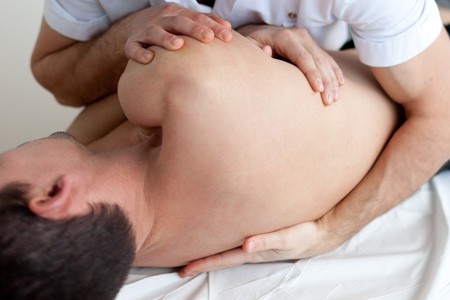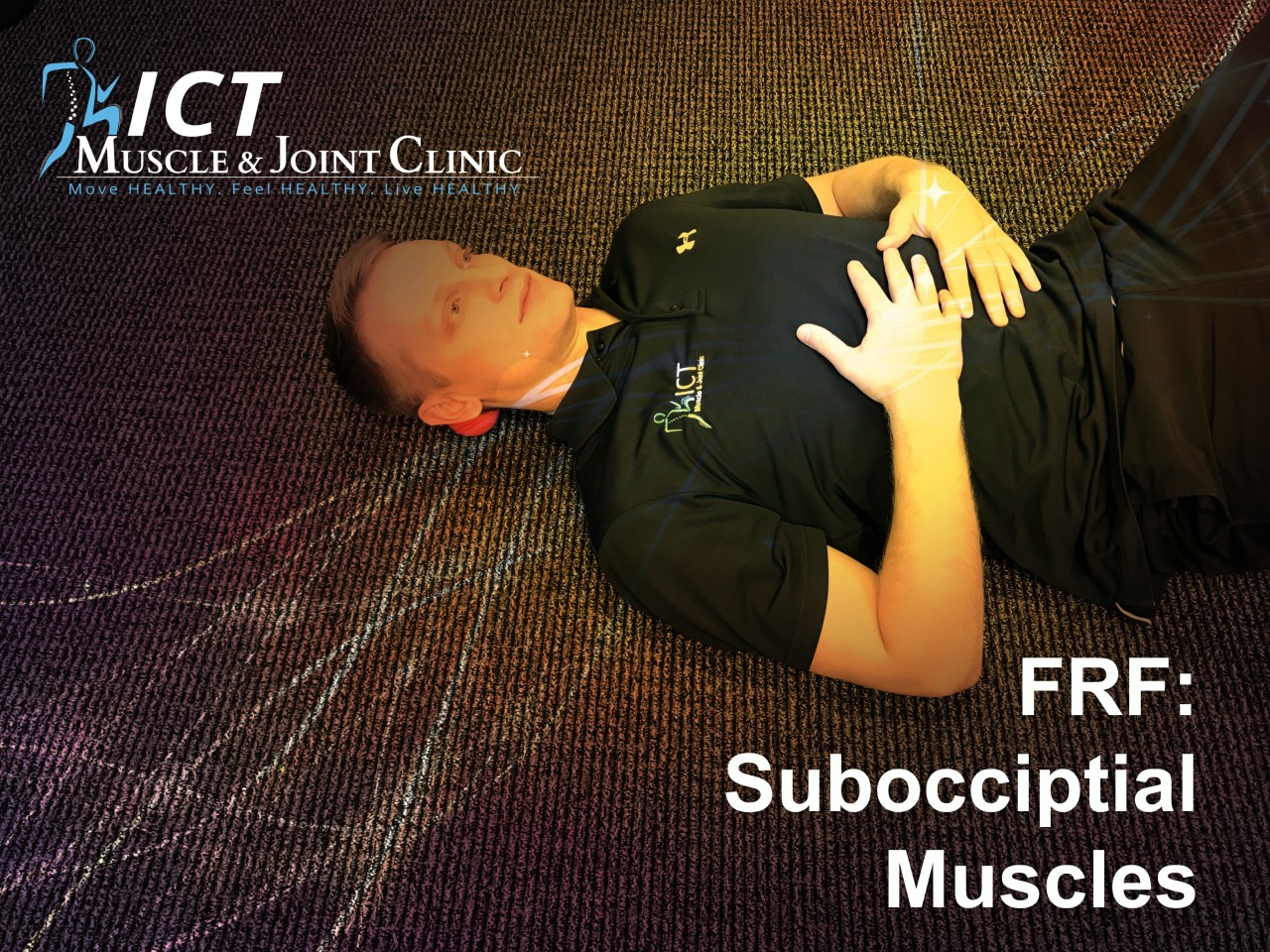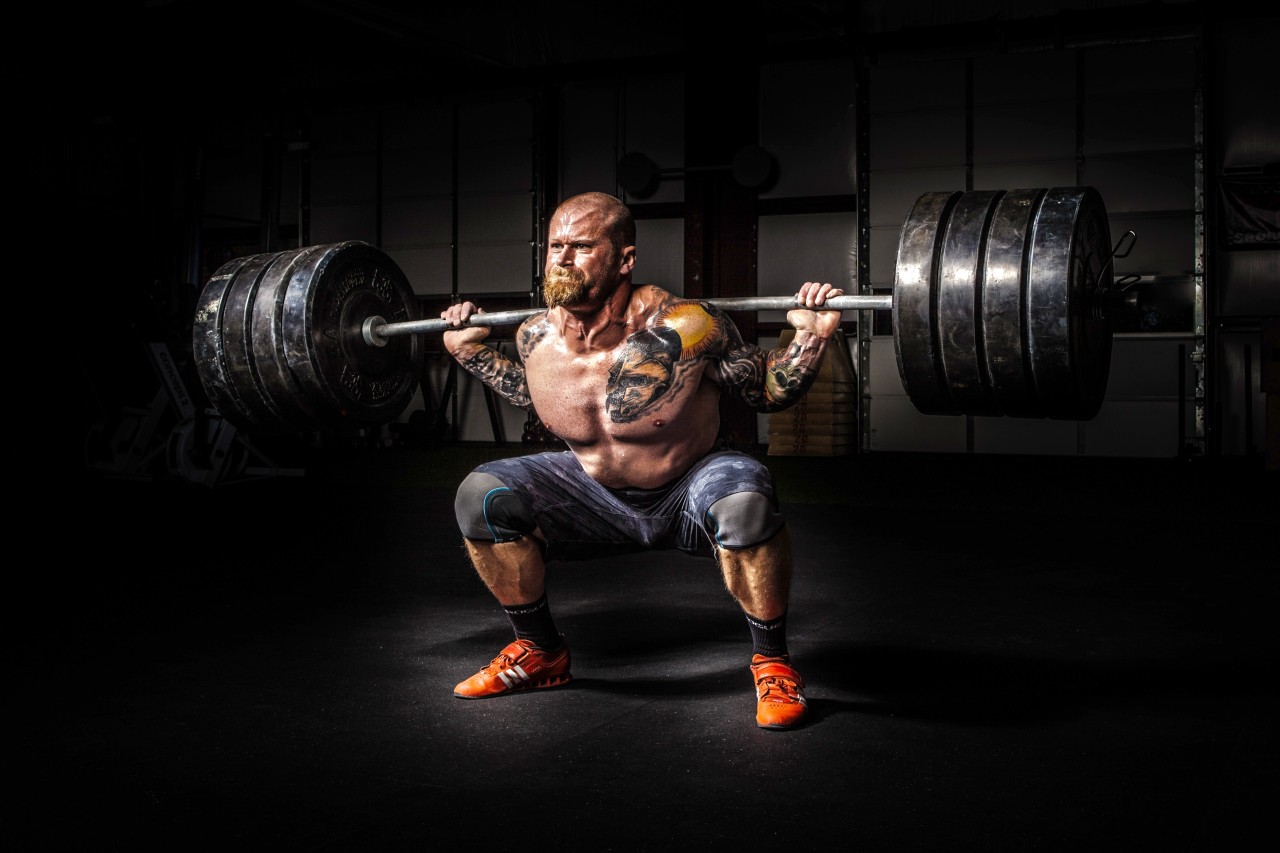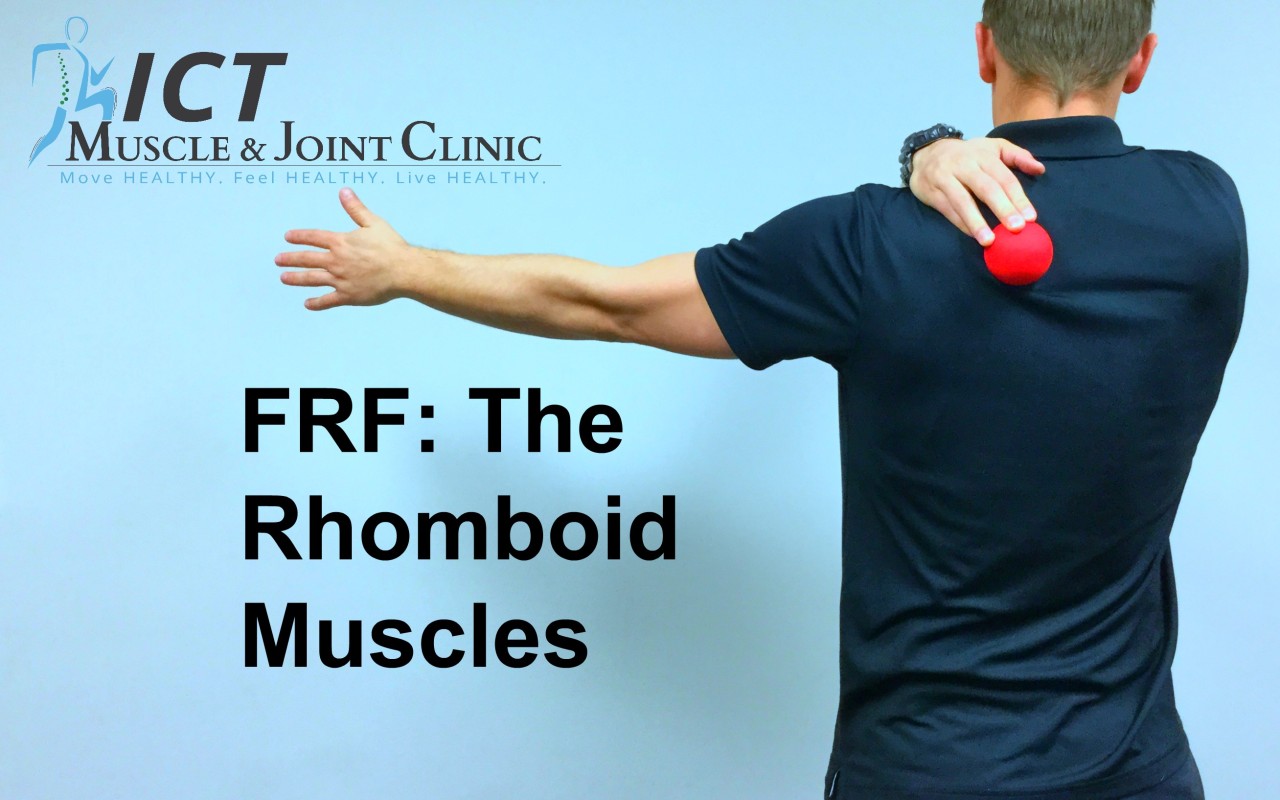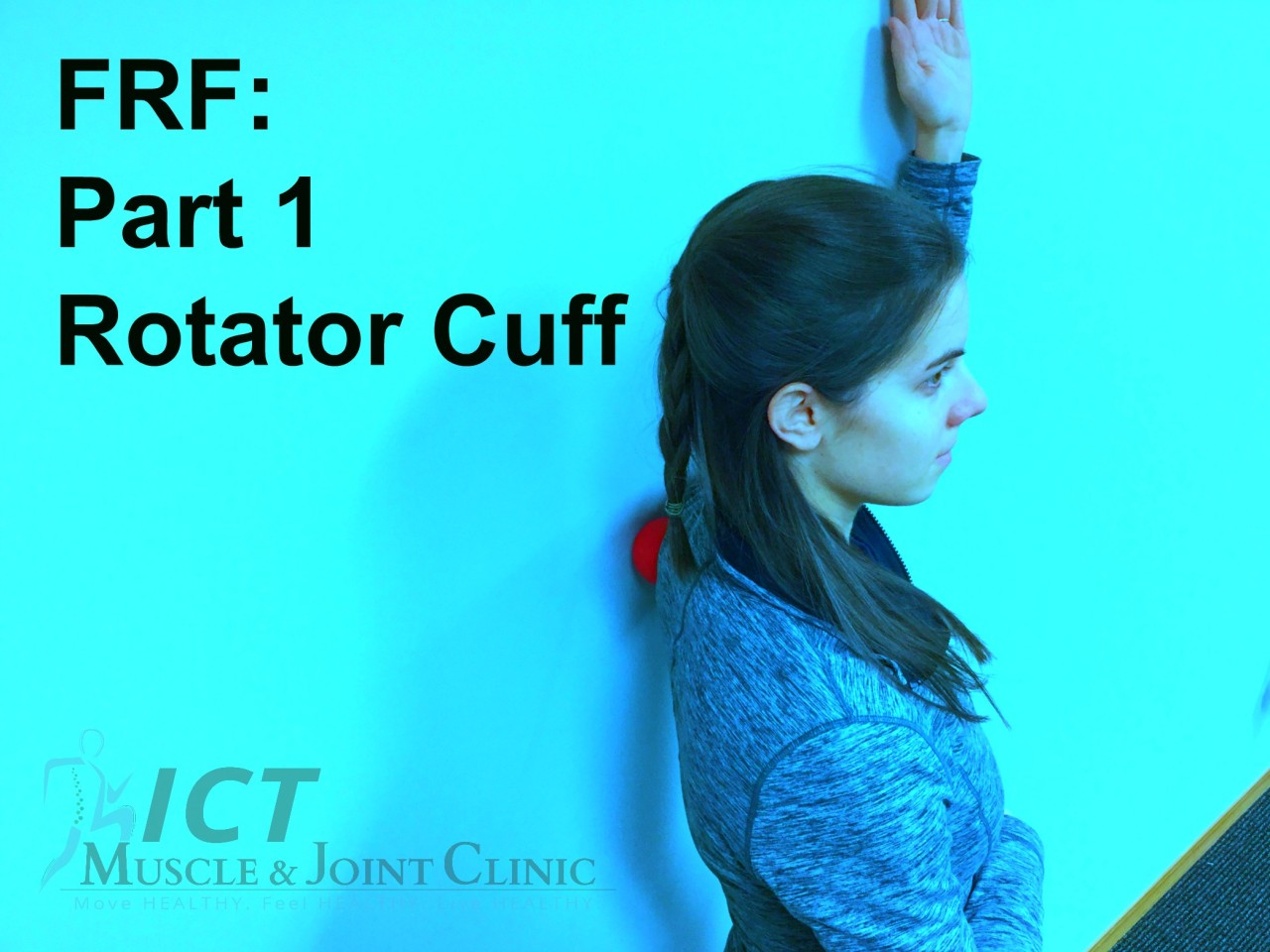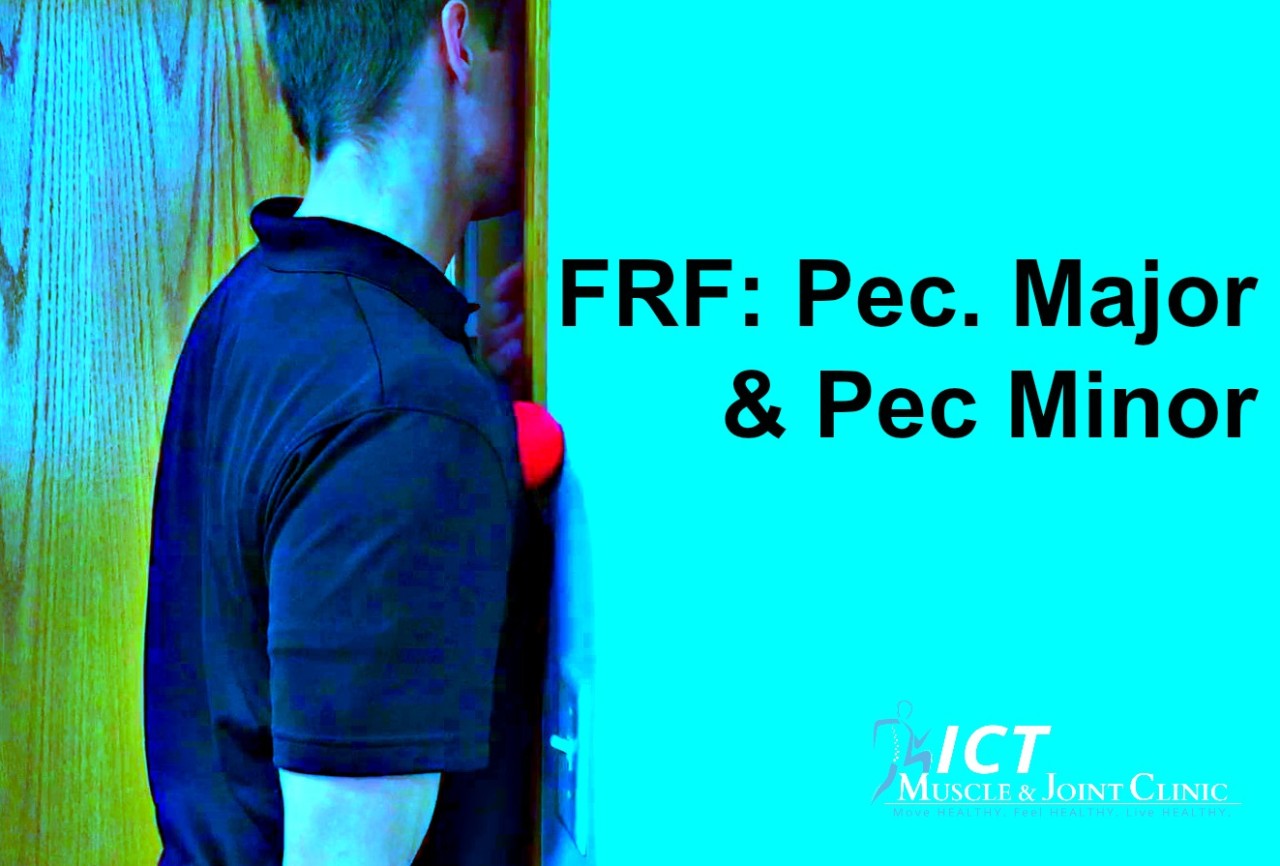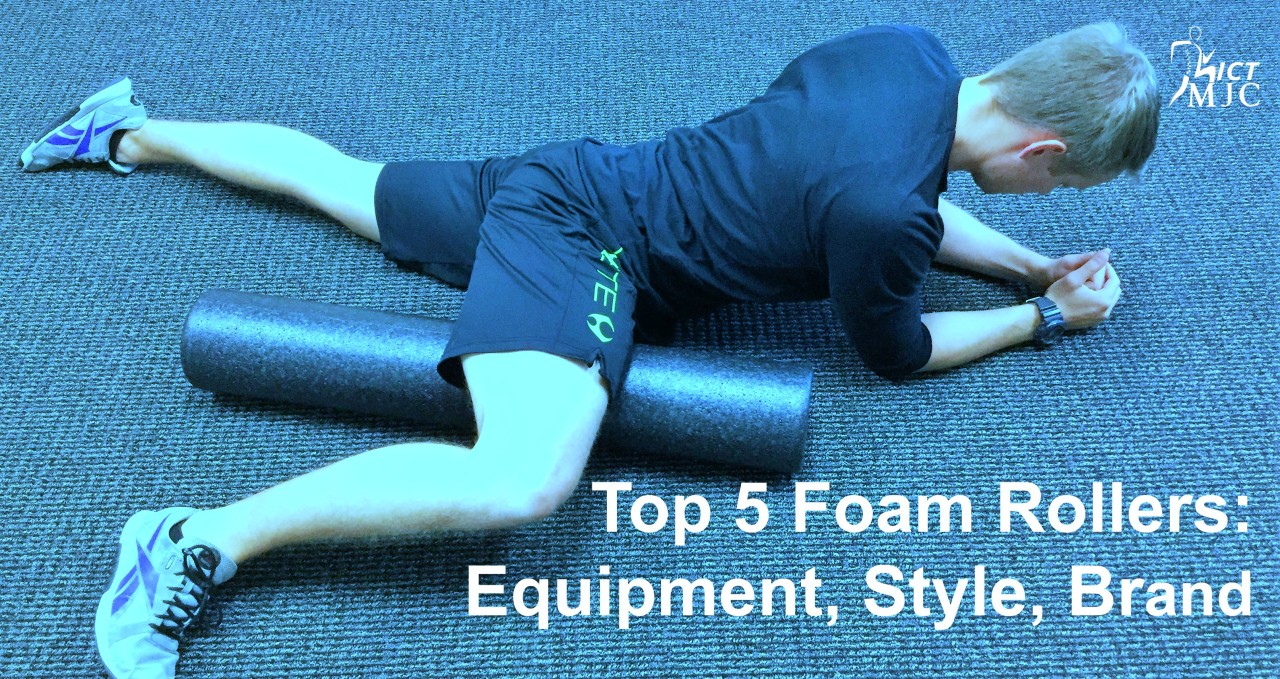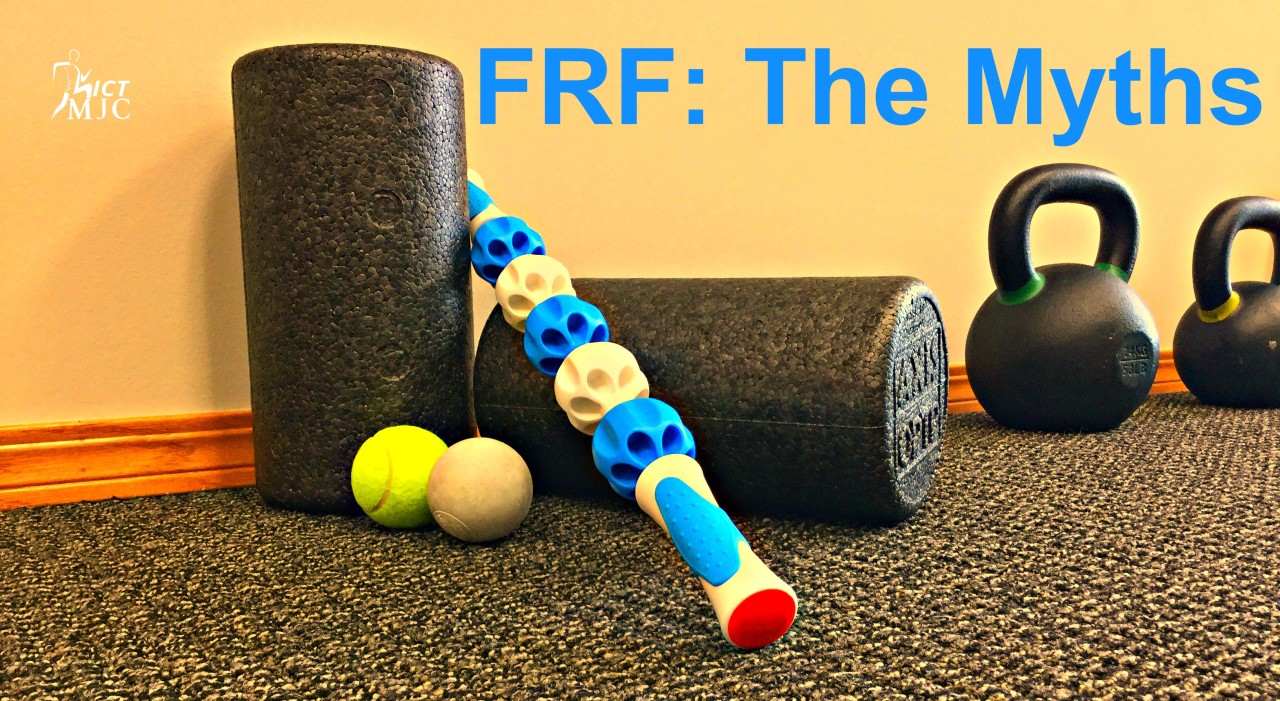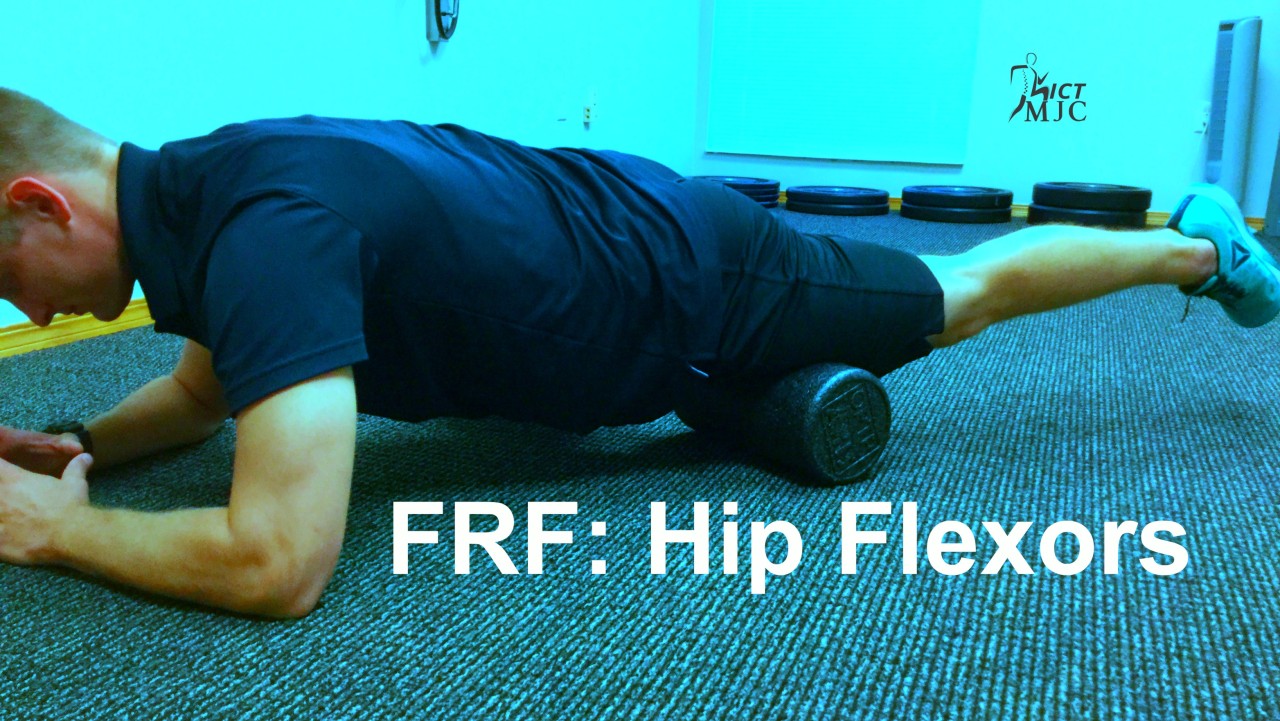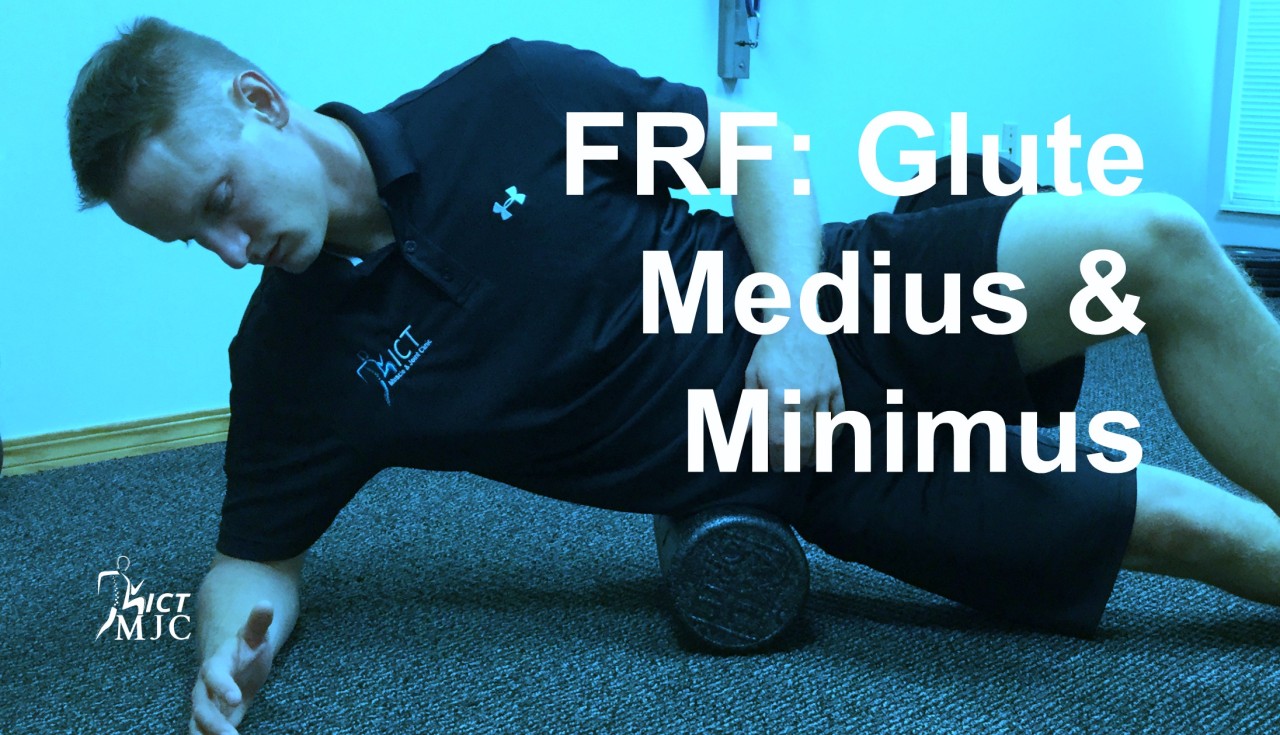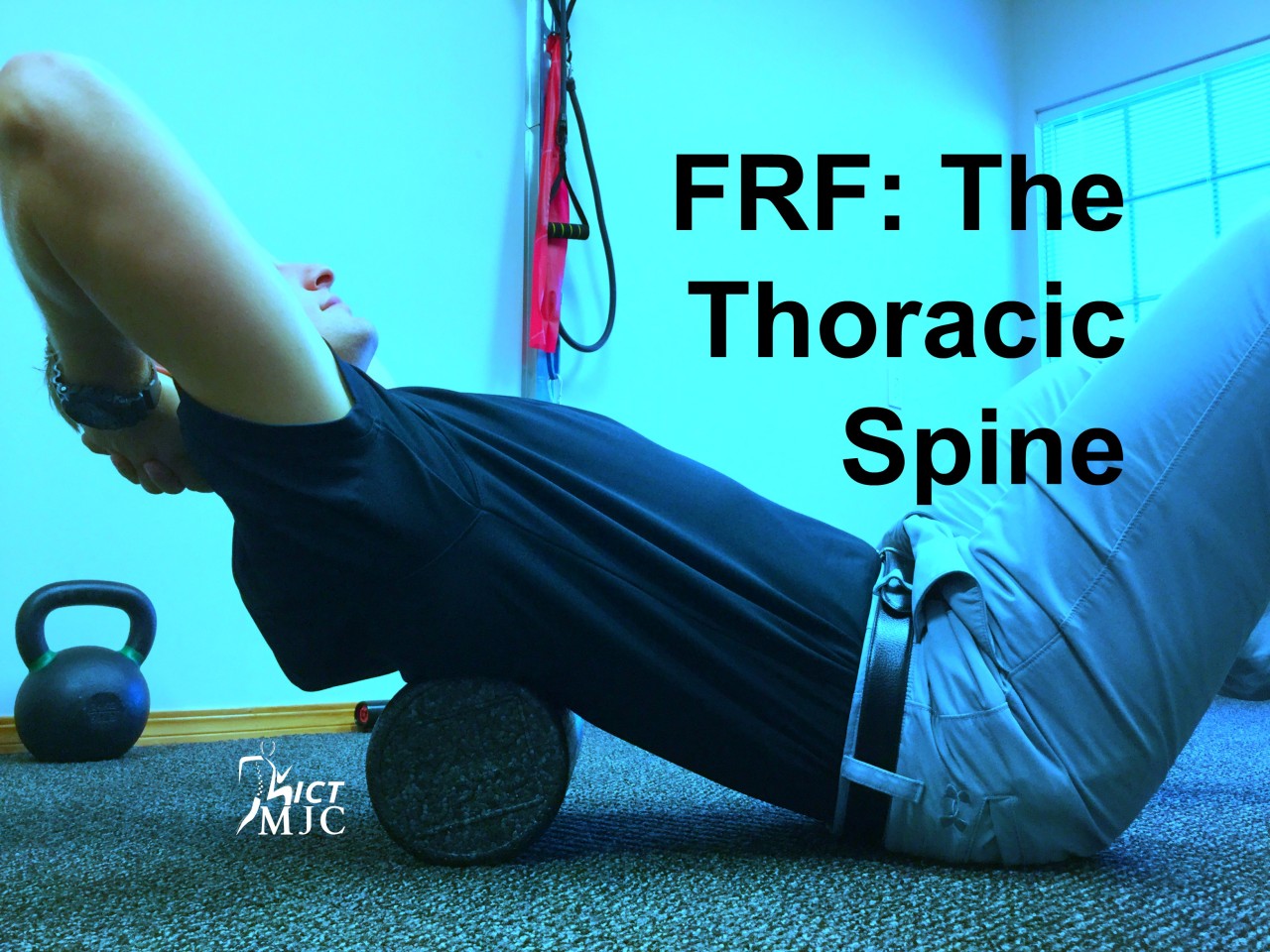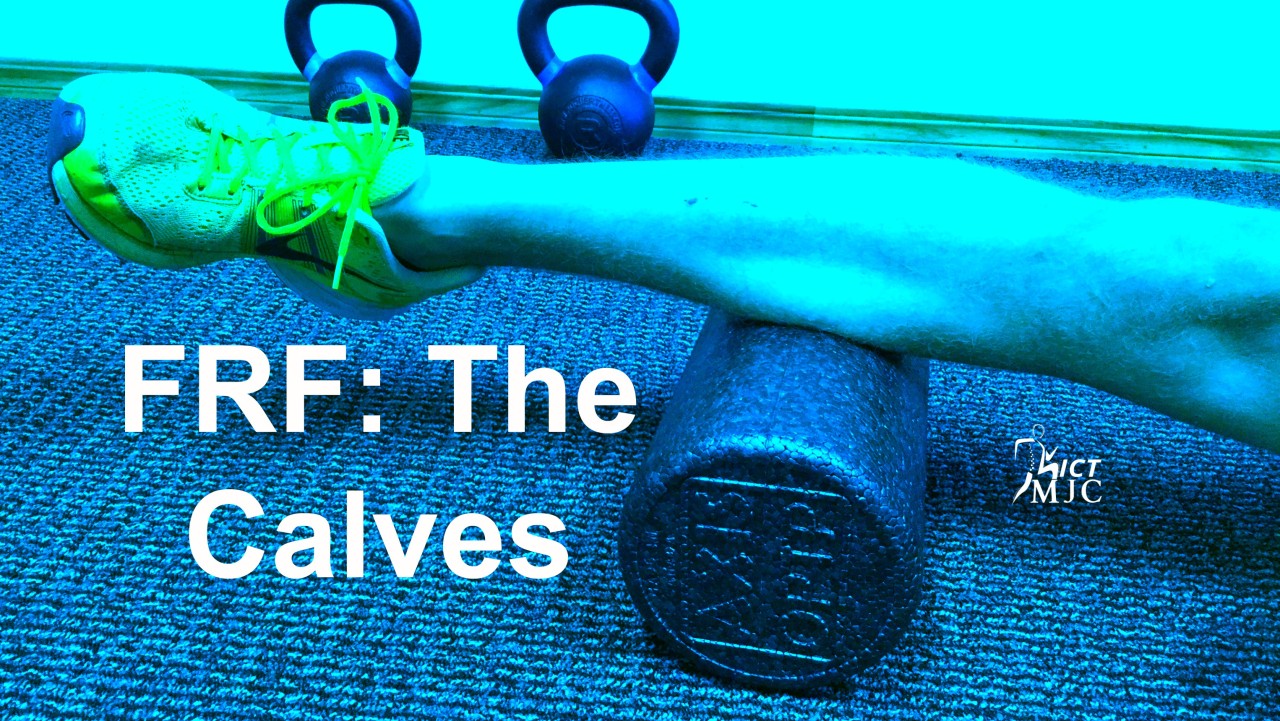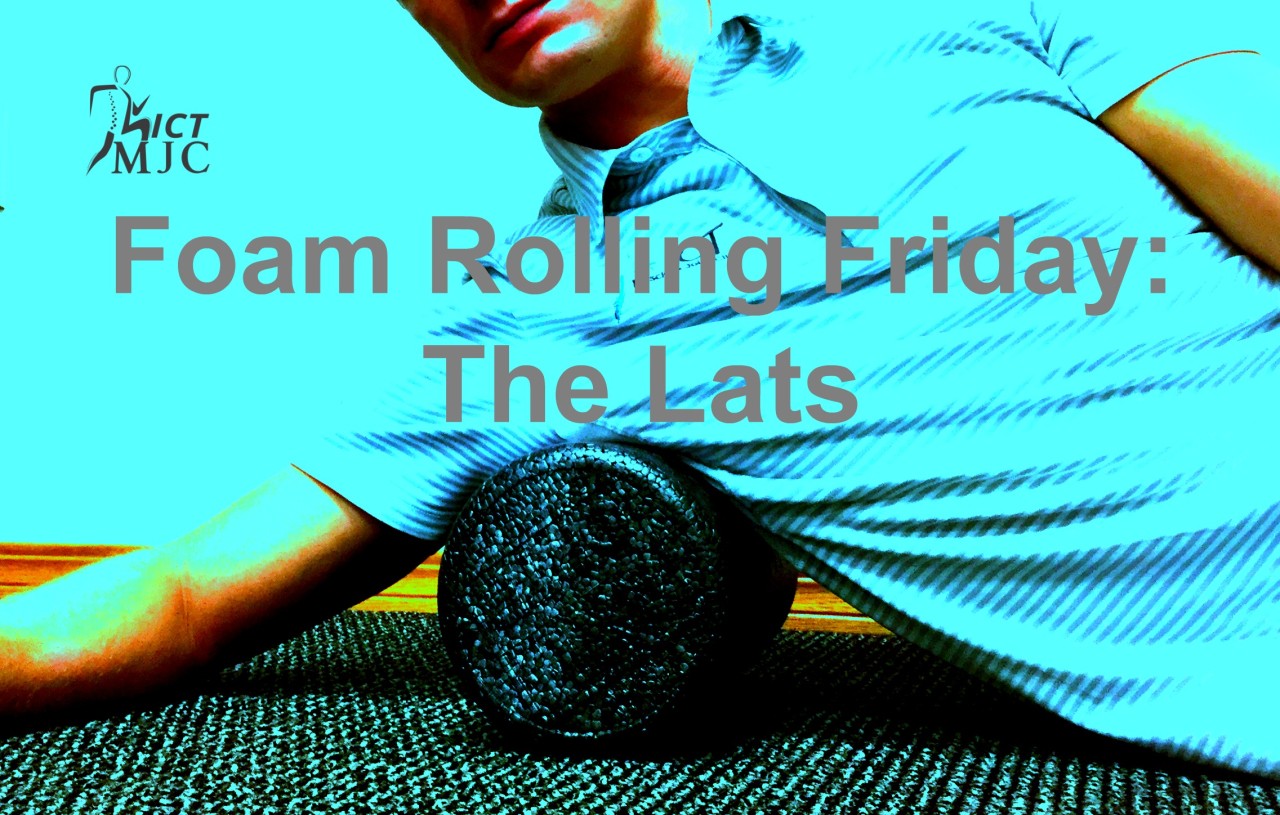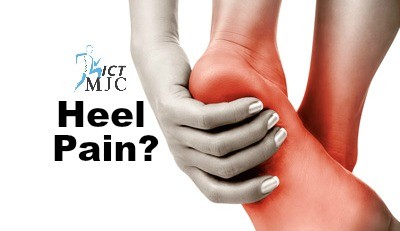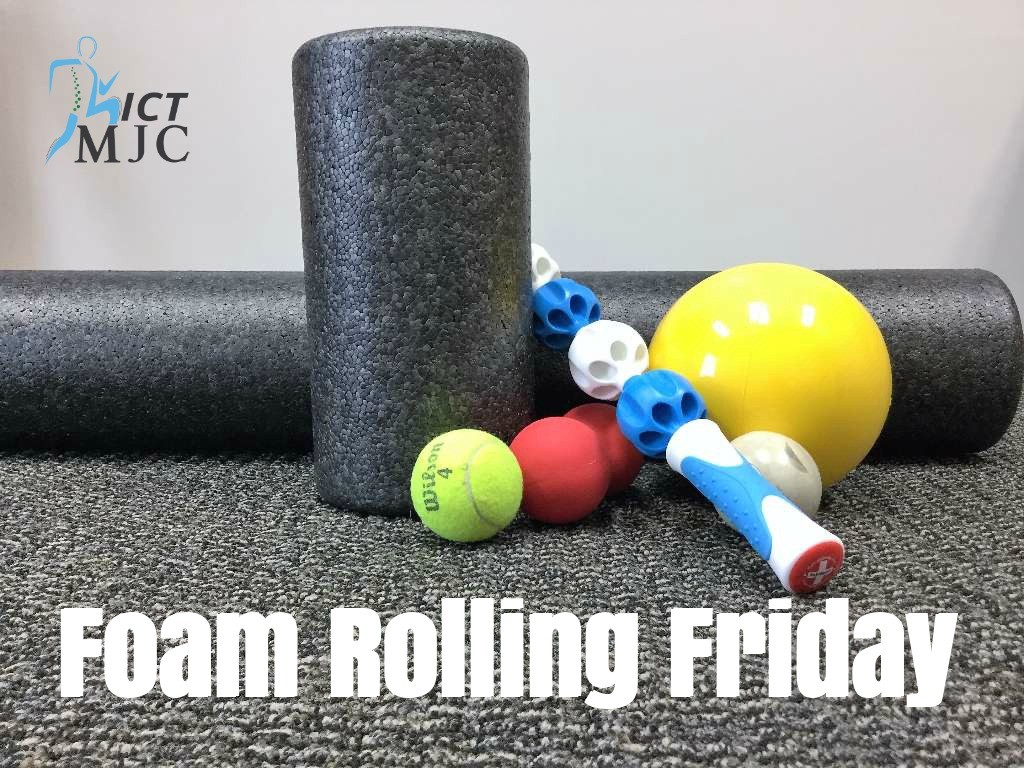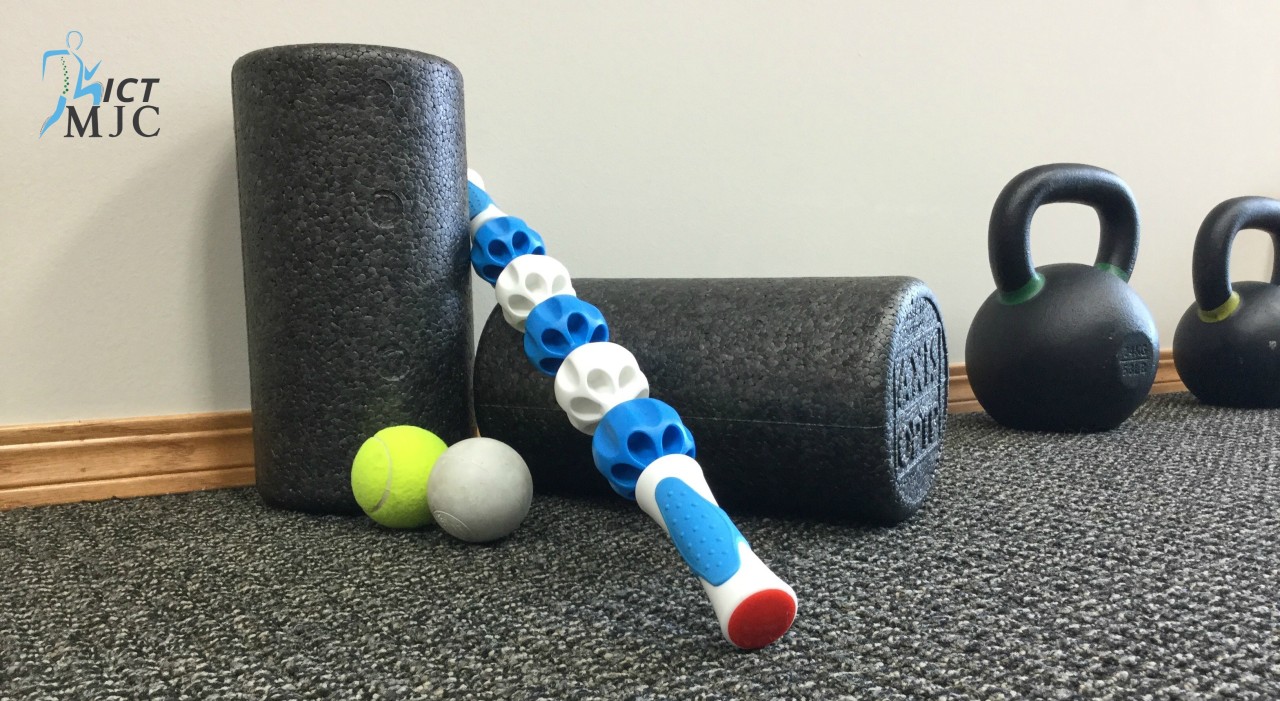Last weekend, Dr. Rachel and I traveled to the ‘burbs of Chicago, Illinois, to better our skills and knowledge of Dynamic Neuromuscular Rehabilitation (DNS). We decided to drive the 10+ hours with a future college of ours, and as any chiro-nerd will do, we talked about topics related to our profession the entire time including: our shortcomings, our successes, expectations for this specific DNS course, and how to better integrate DNS into our chiropractic approaches. Like many things in life, it helps to put thoughts into words, so, this blog is a way for us to express what DNS and chiropractic is in our eyes, and also our goals to help better our Wichita community through combining them together.
Dr. Keith Sparks is an award-winning chiropractor, functional medicine expert, and the co-founder of ICT Muscle & Joint Clinic. Dr. Sparks’ emphasis of care originated within the fields of rehabilitation, soft-tissue therapies, and chiropractic. To date, he has brought this unique combination of skills into union with functional medicine. The sole purpose of intertwining these distinct skills, knowledge, and services is to provide incomparable care to his local community. Dr. Keith Sparks is often seen in the Wichita, KS community speaking at business events and teaching health and performance classes.
The Functional Anatomy
The suboccipitals are a group of muscles functioning to generate motion and to stabilize the skull on the first two cervical vertebra of the spine. Collectively, this group includes a pair of each: inferior capitus oblique (red), superior capitus oblique (green), rectus capitus posterior major (blue) and rectus capitus posterior minor muscles (orange).
Squatting is great for recruiting maximum neural activity to challenge the body. If you have not read Part 1 and watched the associated videos, I highly recommend it. It will give you a highlighted viewpoint as to where this blog is directed. To better understand squatting and knee position as an adult, we need to strip away everything and go to back to the basics.
Back pain is a common occurrence for many Americans with our daily cubicle-esk lifestyle. Overtime, rounding the back can lead to trigger point formations in the rhomboids, which may produce pain. Rolling out the rhomboid muscles with a lacrosse ball, can help decrease pain within the middle back, improve scapulothoracic range of motion, and improve power output.
The shoulder girdle is a dynamic structure. Keeping the rotator cuff muscles healthy can help improve pain free shoulder range of motion.
Short blog this week. The video below discusses the referral patterns for the pectoralis major and pectoralis minor. The pain patterns are similar, but how to get the most out of foam rolling these two muscles is slightly different. It's about working smarter, not harder.
Here is a list of my 5 favorite types, of foam rollers or accessory rollers, in no particular order. Each one has its own unique advantage.
Everyone has heard the phrase repeatedly, over the past 5 years or so, while squatting, “drive your knees out.” This can be a great cue when used appropriately, however, it has almost become obnoxious with everyone and their mothers yelling this phrase. Don’t get me wrong, I apply the cue myself, but it is highly overused. The cue should NOT be said every single time someone squats, if so, find a new gym.
Foam rolling has become an increasingly popular solution for self-myofascial release to decrease pain and to increase performance. Dr. Rachel and I have taught at several locations "The ART of Foam Rolling," to help everyone from inpiduals to large groups of people wanting to empower their health and performance in Wichita, Kansas. While teaching, we hear several different excuses, if you would, as to why an inpidual may choose not to foam roll. We hear everything from “I don’t have enough time,” to “it hurts too much.” Let’s be real for a second, to foam roll might take 10 minutes out of your day, tops, that equates to 0.007%. Yes, it might take some time in learning how to get the most out of foam rolling when performing it, but still it is not rocket science. With this blog, I want to address an easy concept to help you incorporate foam rolling into your daily routine, while also dispelling a couple myths.
Hip extension is an important component for creating a tall and healthy physique. When the hip flexors become tight, due to overuse or lack of use, they prevent healthy hip extension. Healthy hip extension enables the body to generate more forward or upward momentum by driving the foot and leg into the ground, or backwards. Keeping the hip flexors supple is vital for musculoskeletal health in the lower back, hip, and knee regions.
Improper hip motion is oftentimes a culprit to low back pain and knee pain. Interestingly, the area where we experience pain is regularly not the source of pain. When the glute medius and glute minimus become problematic they can refer pain down the leg (mimicking a disc herniation), and to the SI joint. These muscles become dysfunctional due to lack of use. Stating this, you would think working on activating these muscles alone would be sufficient, but recent research indicates that combining soft tissue therapy with rehab/exercise training, adds greater benefit then either alone.¹
I call this one the Chiro-killa! Now I say this jokingly, but foaming the Thoracic spine, commonly referred to as the Tsp, is a great way to help mobilize the mid back. With many occupations becoming desk bound the Tsp becomes excessively rounded. Foam rolling this area can help “straighten” the spine out adding to improved health in many areas throughout the body.
In the medical world, the inner thigh is referred to as the adductor muscles. This group of muscles “add”uct or bring the legs back toward the midline of the body. When it comes to lower body dysfunctions and pain, this group of muscles can reign king in stirring up problems.
Stop whatever you’re doing right now and take a second to feel your calves. Sit in a chair and cross one leg over the other. To do this correctly your calf muscles have to be on slack. Take your fingers and roll across your calf toward your shin. I can almost guarantee every single one of you will feel tension in the inside or outside of the calf, if performed correctly. If you throw your leg on a foam roller and try to foam roll your calf with the shin facing the ceiling, you will feel almost nothing and dismiss the idea that foam rolling your calves can be beneficial for you. You need to foam roll where the tension is present. If you skip this step I politely, and with all my love and sincerity, tell you that you're most likely missing out on huge benefits. End rant. Yes, I know that was a pointless rant but I do feel better getting it off my chest.
With this blog we will be covering foam rolling the Latissimus Dorsi (a.k.a. Lat). I know, as if that wasn’t obvious by the title. Foam rolling the lats can definitely be a game changer in improving your physical health when performed correctly. Key word here is correctly. It's not enough just to lay on the foam roller and then pat yourself on the back for laying on the foam roller. Would you pat yourself on the back for thinking about putting money in your 401K then go blow it all at Best Buy? I don’t think so.
Heel pain is a common occurrence for everyday individuals to elite long distance runners. There are many reasons for this, such as: landing positions, foot strike patterns, shoe types, or lack of strength/mobility/endurance. The list of associated causes for heel pain is broad. This blog will cover some import factors and shopping tips that you can take advantage of the next time you experience heel pain.
It was an incredible morning this past Sunday. Wichita Running Company partnered with the Midian Shriners Charity to host the Old Town 10K, here in the heart of Kansas. The morning was perfect! If you’re a runner, you know what I’m talking about. This time of year feels incredible to rise out of bed, throw the sneakers on, and hit the pavement. It hasn’t been one of the hottest summers on record, but the changes in temperature are happening; it makes this time of year fun. Every morning is a new morning; you're not quite sure what it's going to feel like until you step out the door.
Plantar Fasciitis is a common foot complaint we see here at ICT Muscle & Joint Clinic in Wichita, Kansas. The classical symptom associated with plantar fasciitis is pain that occurs with walking, after prolonged periods of non-weight bearing. If this describes you, than you very likely have a true case of plantar fasciitis.
It was GoTime with Foam Rolling
This weekend we had the privilege of teaching our 5 most important foam rolling areas to GoTime Training family. It was a gorgeous morning with their huge, glass-style garage doors (seen below) opened overlooking the Stryker Soccer Complex. The weather was perfect and so was the class engagement! GoTime training is over 10,000 square feet, offering bootcamp classes, semi-private classes, and nutritional consultations.
